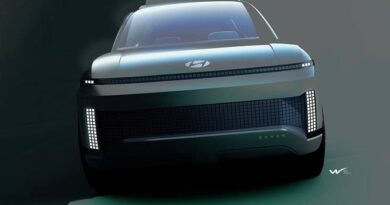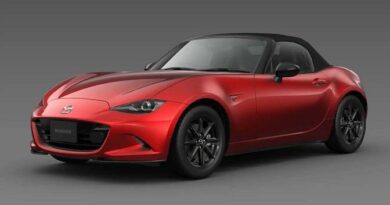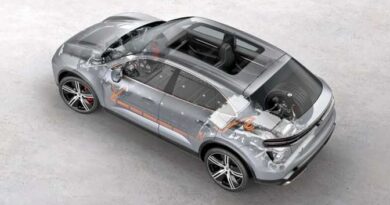The Role of EVs and Hybrids in Driving America Toward a Greener Future
The shift to fully electric (EVs) and hybrid vehicles is transforming the automotive landscape in the United States, helping to slash greenhouse gas emissions and improve fuel economy at unprecedented levels. A recent report by the Environmental Protection Agency (EPA) highlights the pivotal role these vehicles play in advancing environmental and public health goals. Let’s dive into the findings, trends, and implications for the automotive industry and consumers.
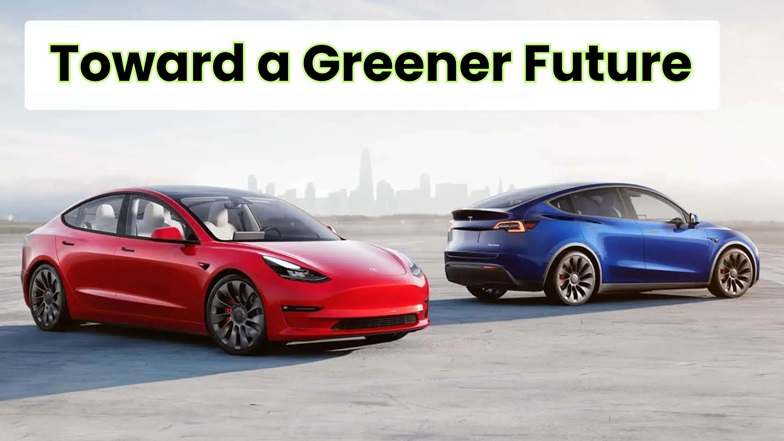
EVs: A Catalyst for Change
Transportation remains the leading contributor to greenhouse gas emissions in the U.S., with light-duty vehicles accounting for 57% of the sector’s emissions. These emissions are linked to severe respiratory and lung-related illnesses, posing a significant public health risk. The EPA’s data reveals how the adoption of electric and hybrid vehicles is reversing these trends.
- CO2 Emissions at Record Lows: In 2023, real-world CO2 emissions from new vehicles dropped to a record low of 319 grams per mile, an 18-gram reduction compared to 2022 models.
- Fuel Economy Reaches New Highs: The fleetwide fuel economy for new vehicles climbed to 27.1 miles per gallon (mpg)—an improvement of 1.1 mpg from the previous year.
- Electric Vehicle Sales Surge: Automakers sold a record 1.1 million EVs and plug-in hybrid vehicles (PHEVs) in 2023, a number projected to grow further in 2024.
Without the rise of EVs and hybrids, CO2 emissions would have been much higher at 357 grams per mile, and fuel economy would have stagnated at 24.9 mpg.
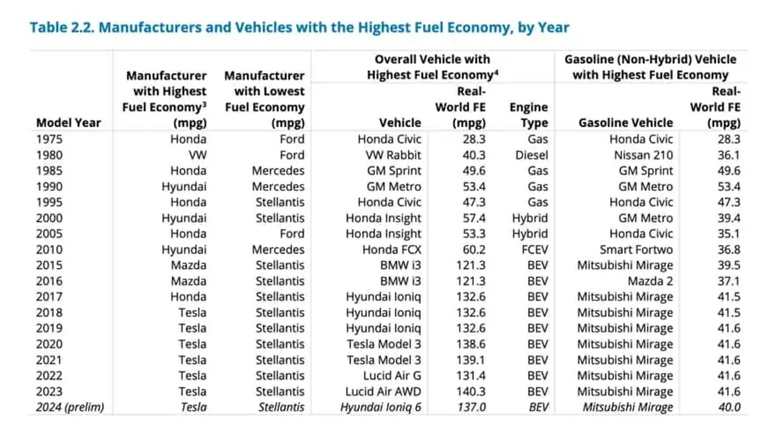
Good vs. Bad Actors in the Automotive Industry
While the industry as a whole has made strides, not all automakers are contributing equally to the progress.
| Automaker | Performance Highlights |
|---|---|
| Tesla | Maintains the highest fleetwide fuel economy since 2016 due to its fully electric lineup. |
| Stellantis | Consistently manufactures vehicles with the highest emissions since 2015. |
| Top Performers in CO2 Reduction | Mercedes-Benz (-68 g/mi), BMW (-39 g/mi), Kia (-17 g/mi), Nissan (-17 g/mi). |
| Lagging Brands | Honda and Toyota saw no significant reductions in their vehicle emissions. |
Tesla’s dominance in the fuel economy rankings is unsurprising given its electric-only focus, while Stellantis continues to lag behind in producing cleaner cars. However, traditional automakers like Mercedes-Benz and BMW are making significant year-over-year improvements in emissions and fuel economy, demonstrating that legacy manufacturers can adapt and thrive in the EV era.
SUVs Are Becoming Cleaner
In a surprising twist, SUVs—long criticized for being gas guzzlers—are now emerging as a cleaner segment in the market.
- Electrified SUVs Lead the Way: In 2023, 36% of all SUVs sold were electric, making the segment the leader in average emissions reduction.
- Improved Fuel Economy: SUVs are showing the most significant gains in fuel efficiency, rivaling or surpassing traditional sedans.
This shift reflects how automakers are electrifying their most popular segments to meet both consumer demand and regulatory requirements.
A Broader Impact on Public Health and the Environment
The shift to EVs and hybrids isn’t just about numbers; it’s a tangible step toward improving public health and combating climate change.
- Cleaner Air: Reduced tailpipe emissions mean fewer pollutants that exacerbate respiratory and lung diseases.
- Economic Benefits: Higher fuel economy rates translate to savings at the pump, offering financial relief to drivers.
- Technology Innovation: Automakers are leveraging cutting-edge technology to produce cleaner, more efficient vehicles.
EPA’s Vision and Regulatory Framework
EPA Administrator Michael S. Regan emphasizes the importance of balancing environmental progress with economic savings:
“Strong, technology-neutral standards can underpin environmental progress while saving drivers money at the pump. Manufacturers are innovating in ways that directly improve air quality and protect public health.”
This statement underscores the role of stringent yet flexible regulations in driving technological advancements and environmental gains.
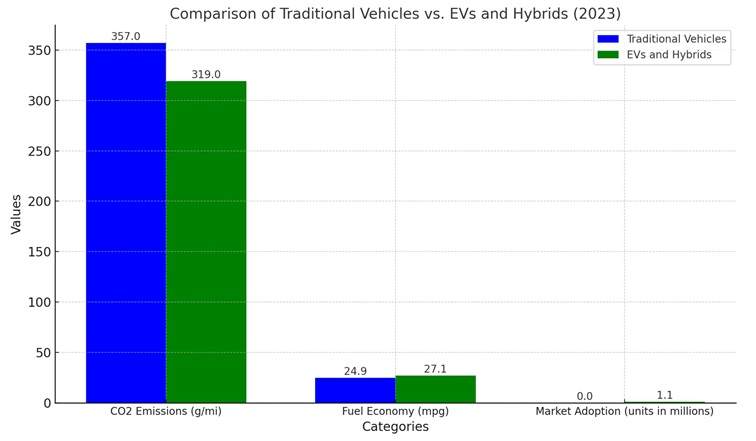
Here’s the graph comparing traditional vehicles to EVs and hybrids in 2023 across key metrics like CO2 emissions, fuel economy, and market adoption. Let me know if you’d like further customization or additional details!
EVs and Hybrids vs. Traditional Gasoline Vehicles
| Feature | Traditional Gasoline Vehicles | EVs and Hybrids |
|---|---|---|
| CO2 Emissions | Higher (357 g/mi without EVs in 2023) | Record low (319 g/mi in 2023) |
| Fuel Economy | Lower (24.9 mpg without EVs in 2023) | Higher (27.1 mpg in 2023) |
| Public Health Impact | Contributes to respiratory and lung diseases | Reduced emissions improve air quality |
| Market Adoption | Declining due to regulatory and consumer trends | Record sales of 1.1 million in 2023 |
Looking Ahead
The rise of EVs and hybrids is not just a trend but a fundamental shift in the automotive industry. As more automakers innovate and consumers adopt cleaner vehicles, the U.S. is poised to achieve even greater environmental milestones. With advancements in battery technology, increased charging infrastructure, and supportive regulations, the momentum for EVs and hybrids shows no signs of slowing.
The future of transportation is electric—and it’s a win for both the planet and its people.
Related Post

